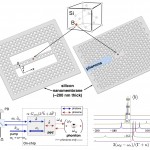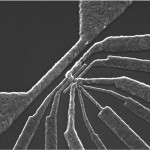Find out the latest developments in our bottom-up superconducting silicon work.
All
Yun-Pil Shim giving invited talk at the APS March Meeting
March 1st, 2014 | by admin | published in All, Blog, News
On-chip cavity quantum phonodynamics and acceptor qubits in silicon
September 8th, 2013 | by admin | published in All, Highlights, Nanotechnology, Phonitons, Quantum Computing, Research
Preprint: Bottom-up superconducting and Josephson junction devices inside a Group-IV semiconductor
September 2nd, 2013 | by admin | published in All, News, Preprints
We propose superconducting devices made from precision hole-doped regions within a silicon (or germanium) single crystal. We analyze the properties of this superconducting semiconductor and show that practical superconducting wires, Josephson tunnel junctions or weak links, SQUIDs, and qubits are realizable. This work motivates the pursuit of bottom-up superconductivity for improved or fundamentally different technology and physics.
Phys. Rev. B: On-chip cavity quantum phonodynamics with an acceptor qubit in silicon
August 30th, 2013 | by admin | published in All, Nanotechnology, News, Papers, Phonitons, Quantum Computing
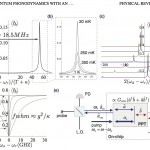
We describe a chip-based, solid-state analog of cavity-QED utilizing acoustic phonons instead of photons. We show how long-lived and tunable acceptor impurity states in silicon nanomechanical cavities can play the role of a matter nonlinearity for coherent phonons just as, e.g., the Josephson qubit plays in circuit QED. Both strong coupling (number of Rabi oscillations ≲100) and strong dispersive coupling (0.1–2 MHz) regimes can be reached in cavities in the 1–20-GHz range, enabling the control of single phonons, phonon-phonon interactions, dispersive phonon readout of the acceptor qubit, and compatibility with other optomechanical components such as phonon-photon translators. We predict explicit experimental signatures of the acceptor-cavity system.
Preprint: Observation of Autler-Townes effect in a dispersively dressed Jaynes-Cummings system
August 9th, 2013 | by admin | published in All, News, Preprints, Quantum Computing
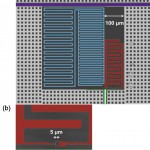
Two-tone spectroscopy of a superconducting transmon qubit in a cavity. We find evidence of strongly-coupled atomic physics in these man-made systems.
Superconducting qubits and circuits are a promising technology for a variety of applications, from exploration of physics to quantum information processing or particle detectors.
March Meeting 2013: Invited talk on cavity quantum phonodynamics, talks on spin-valley relaxation and many-body phononic systems.
March 21st, 2013 | by admin | published in All, News, Talks
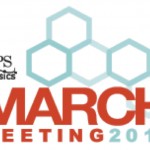
This year’s APS March Meeting in Baltimore was unquestionably a good one. It seemed like everyone showed up. We were happy to be able to give an invited talk on cavity quantum phonodynamics and two theory talks on our work on quantum dot spin-valley relaxation with the Australians and on the theory of proposed many-body phononic systems. Also of note were the two sessions on Quantum Characterization, Verification, and Validation (I, II) and the four(!) on nano/optomechanics (I, II, III, IV).
Invited Talk, MM2013: On-chip cavity quantum phonodynamics: spin qubits and nano/optomechanics
March 20th, 2013 | by admin | published in All, Talks
Invited talk at the 2013 APS March Meeting in Baltimore.
Preprint: Toward engineered quantum many-body phonon systems
February 26th, 2013 | by admin | published in All, News, Preprints
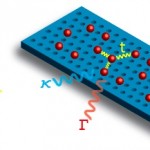
Arrays of coupled cavity quantum phonodynamical systems in silicon are considered. We study physical systems that can exhibit, e.g., Mott insulator states of phonons due to a strong phonon-phonon interaction (which is mediated by the impurity-cavity-phonon coupling). Our results indicate that quantum many-body phonon systems are achievable both in on-chip nanomechanical systems in silicon and […]
Preprint: Spin-valley lifetimes in a silicon quantum dot with tunable valley splitting
February 6th, 2013 | by admin | published in All, News, Preprints
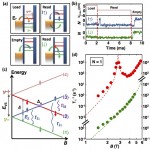
Whilst silicon is a promising material for quantum computation, the degeneracy of the conduction band minima (valleys) must be lifted with a splitting sufficient to ensure formation of well-defined and long-lived spin qubits. Here we demonstrate that valley separation can be accurately tuned via electrostatic gate control in a metal-oxide-semiconductor quantum dot, providing splittings spanning […]
